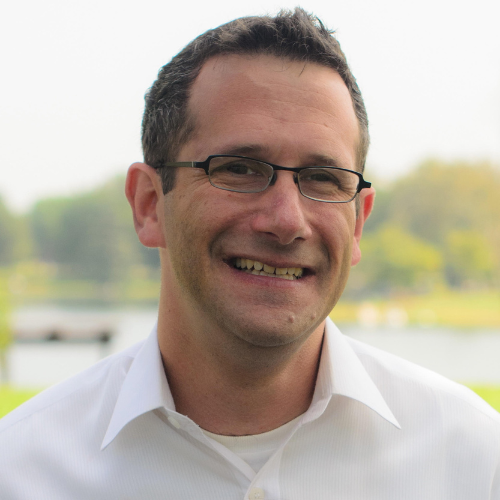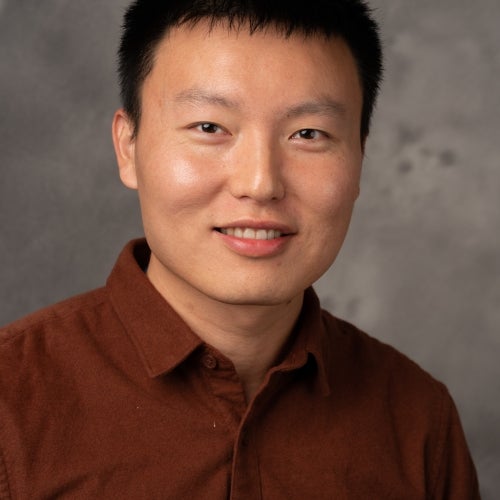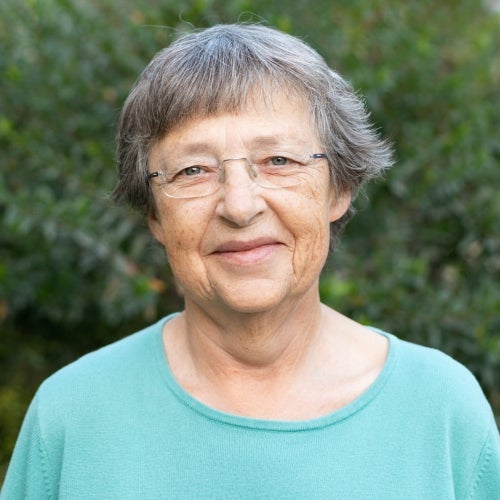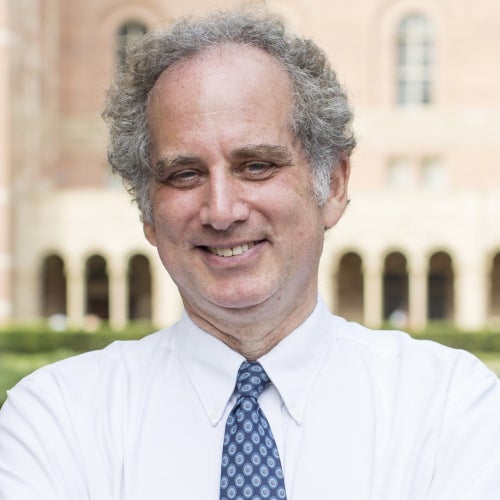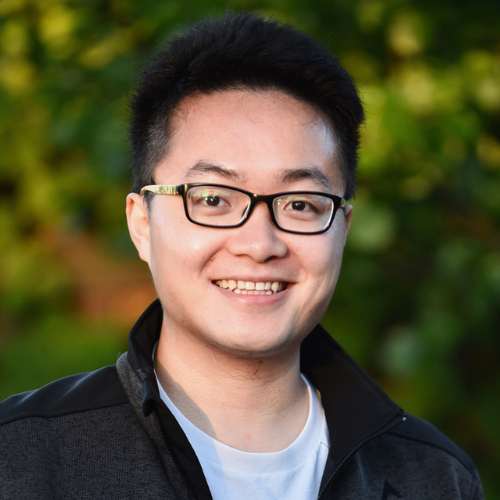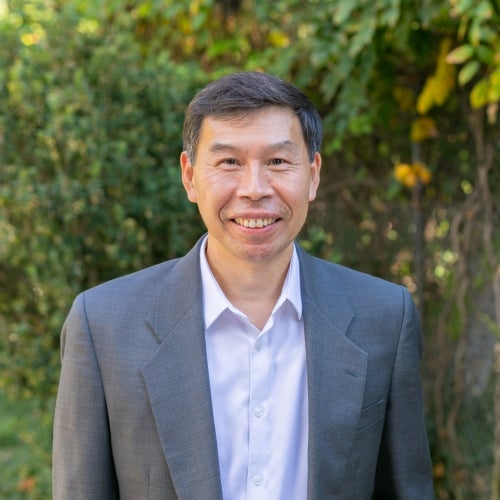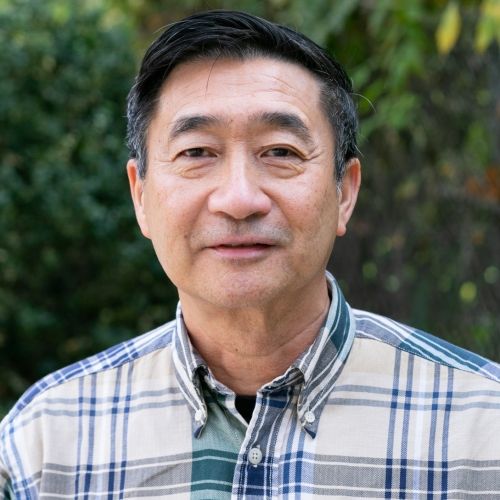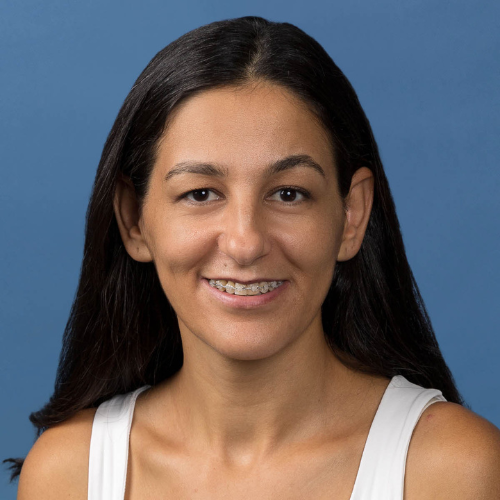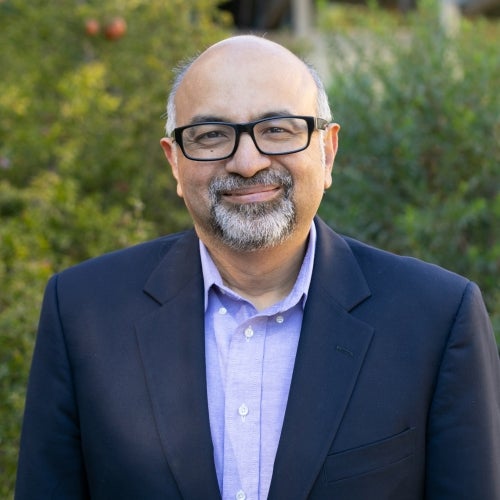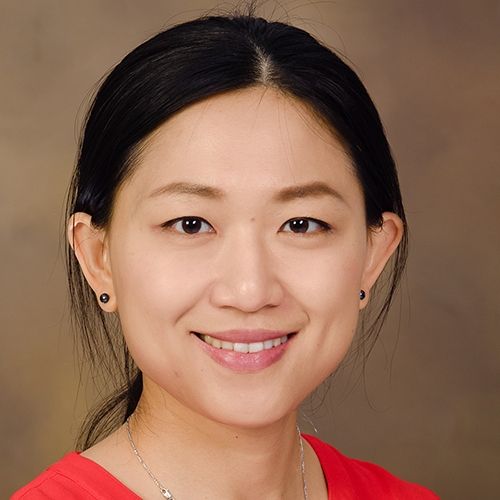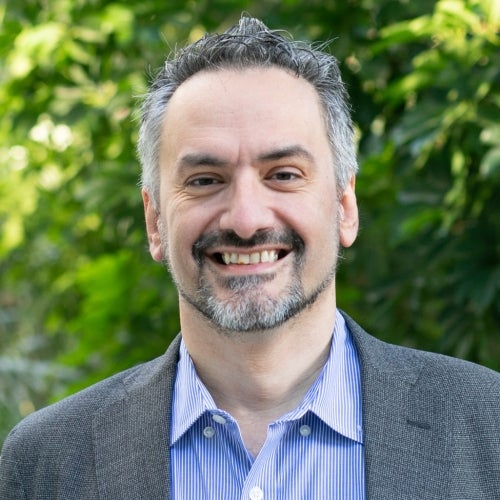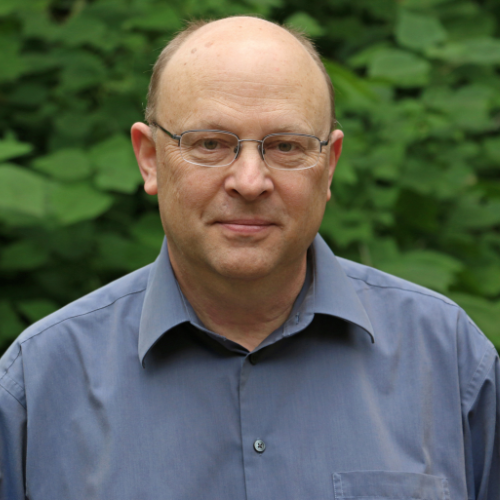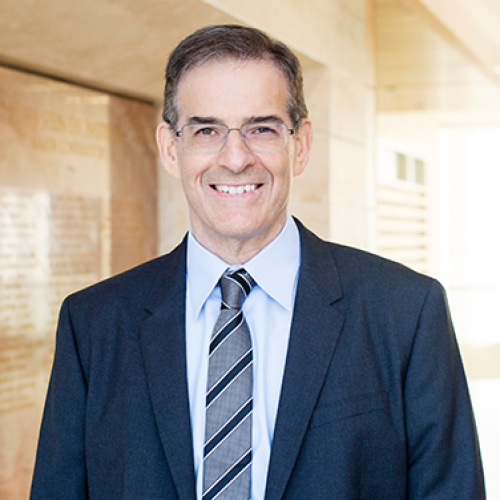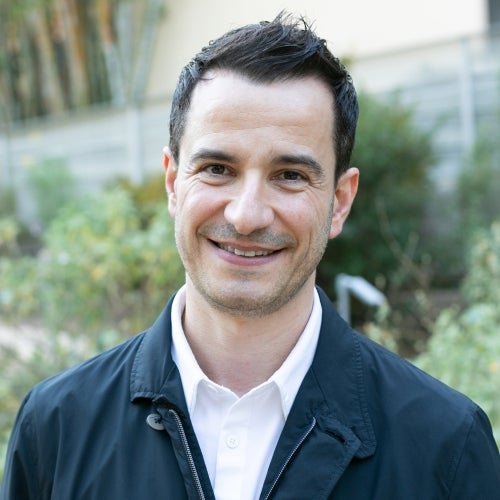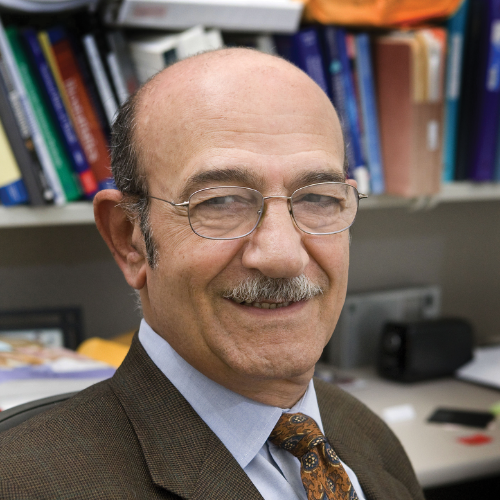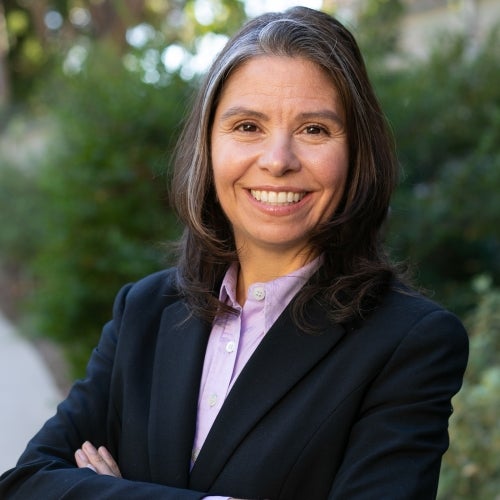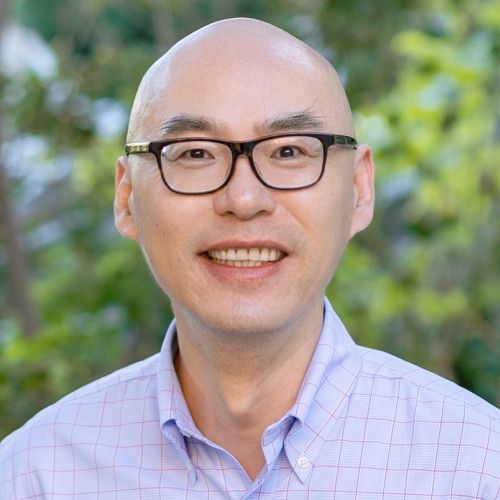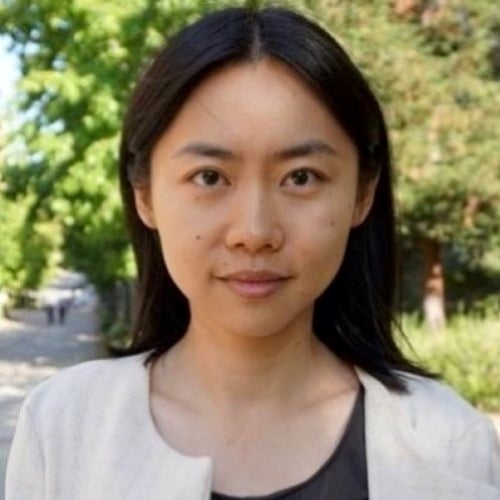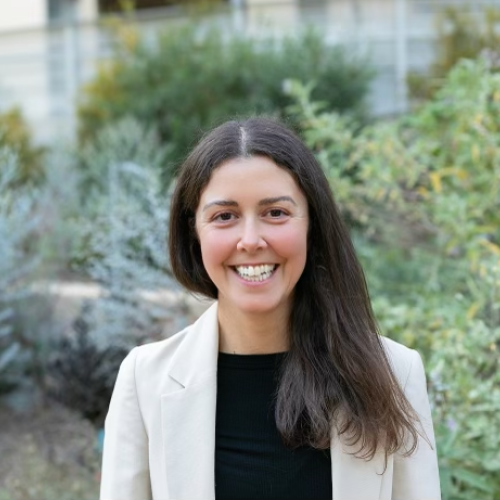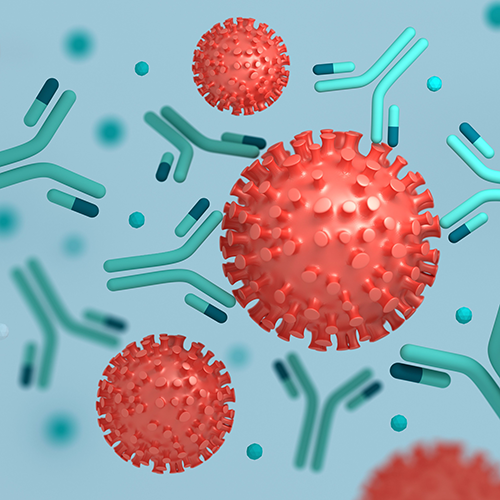UCLA researcher’s team finds COVID-19 tied to wildlife sales at Chinese market
Dr. Marc Suchard co-authored research that indicates pandemic started with two separate jumps from animals to humans.
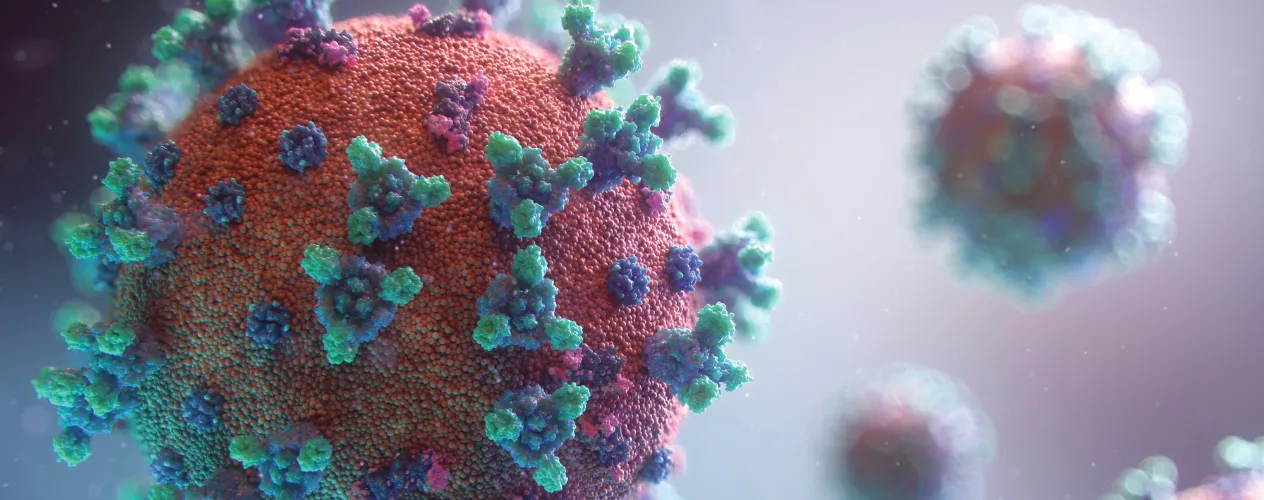
An international team of researchers has confirmed that live animals sold at the Huanan Seafood Wholesale Market were the likely source of the COVID-19 pandemic that has claimed 6.4 million lives since it began nearly three years ago.
“Rigorously combining all available evidence surrounding the emergence of SARS-CoV-2 clearly demonstrates that the virus jumped at least twice from animals to humans at the Huanan market,” said Dr. Marc Suchard, UCLA Fielding School of Public Health professor of biostatistics. “Identifying multiple transmission events finally puts to rest a single origin from elsewhere.”
Co-led by Suchard and Dr. Michael Worobey (University of Arizona), Dr. Joel Wertheim (UCSD) and Dr. Kristian Andersen (Scripps Research Institute), international teams of researchers have traced the start of the pandemic to the market in Wuhan, China, where foxes, raccoon dogs, and other live mammals susceptible to the virus were sold immediately before the pandemic began. Their findings were published Tuesday in two peer-reviewed papers in the journal Science, after being previously released in pre-print versions in February.
The publications, which have since gone through peer review and include additional analyses and conclusions, virtually eliminate alternative scenarios that have been suggested as origins of the pandemic. Moreover, the authors conclude that the first spread to humans from animals likely occurred in two separate transmission events in the Huanan market in late November 2019.
One study – “The Huanan Seafood Wholesale Market in Wuhan was the early epicenter of the COVID-19 pandemic” - scrutinized the locations of the first known COVID-19 cases, as well as swab samples taken from surfaces at various locations at the market. The other – “The molecular epidemiology of multiple zoonotic origins of SARS-CoV-2” - focused on genomic sequences of SARS-CoV-2 from samples collected from COVID-19 patients during the first weeks of the pandemic in China.
Along with Suchard, a physician who also teaches at the David Geffen School of Medicine at UCLA, UCLA post-doctoral scholars Andrew Magee and Karthik Gangavarapu co-authored this work.
The first paper examined the geographic pattern of COVID-19 cases in the first month of the outbreak, December 2019. The team was able to determine the locations of almost all of the 174 COVID-19 cases identified by the World Health Organization that month, 155 of which were in Wuhan.
Analyses showed that these cases were clustered tightly around the Huanan market, whereas later cases were dispersed widely throughout Wuhan – a city of 11 million people. Notably, the researchers found that a striking percentage of early COVID patients with no known connection to the market – meaning they neither worked there nor shopped there – turned out to live close-by.
“This supports a scenario in which the market was the epicenter of the epidemic,” Worobey, a viral evolution expert, said. “With vendors getting infected first and setting off a chain of infections among community members surrounding the area.”
The second study analyses SARS-CoV-2 genomic data from early cases. The researchers combined epidemic modeling with analyses of the virus's early evolution based on the earliest sampled genomes. They determined that the pandemic, which initially involved two subtly distinct lineages of SARS-CoV-2, likely arose from at least two separate infections of humans from animals at the Huanan market in November 2019 and perhaps in December 2019. The analyses also suggested that, in this period, there were many other animal-to-human transmissions of the virus at the market that failed to manifest in recorded COVID-19 cases.
The authors used a technique known as molecular clock analysis, which relies on the natural pace with which genetic mutations occur over time, to establish a framework for the evolution of the SARS-CoV-2 virus lineages. They found that a scenario of a singular introduction of the virus into humans rather than multiple introductions would be inconsistent with molecular clock data.
The two studies provide evidence that COVID-19 originated via jumps from animals to humans at the Huanan market, likely following transmission to those animals from coronavirus-carrying bats in the wild or on farms in China. The researchers say scientists and public officials should seek better understanding of the wildlife trade in China and elsewhere and promote more comprehensive testing of live animals sold in markets to lower the risk of future pandemics.
The teams include more than 30 scholars from 20 different universities and research centers, including UCLA, the University of California San Diego, the Scripps Research Institute, the University of Arizona, and Johns Hopkins University in the U.S., among others.
FUNDING
Funding for this research came, in part, from the National Institutes of Health (grants T15LM011271, 5T32AI007244-38, R01AI135992, R01AI136056, R01AI132223, R01AI132244, U19AI142790, U54CA260581, U54HG007480, OT2HL158260, R01AI153044, U19AI135995, U01AI151812 and UL1TR002550), the National Science Foundation (NSF-2028040), the Coalition for Epidemic Preparedness Innovation, the Wellcome Trust Foundation, Gilead Sciences, the European and Developing Countries Clinical Trials Partnership Programme, the European Research Council, the Australian Research Council Laureate Fellowship, the National Research Foundation of Korea, the Branco Weiss Fellowship, the Epidemiology and Laboratory Capacity (ELC) for Infectious Diseases Cooperative Agreement and the Centers for Disease Control and Prevention (6NU50CK000517-01-07).
The UCLA Fielding School of Public Health, founded in 1961, is dedicated to enhancing the public's health by conducting innovative research, training future leaders and health professionals from diverse backgrounds, translating research into policy and practice, and serving our local communities and the communities of the nation and the world. The school has 761 students from 26 nations engaged in carrying out the vision of building healthy futures in greater Los Angeles, California, the nation and the world.
Faculty Referenced by this Article

Automated and accessible artificial intelligence methods and software for biomedical data science.
